Transforming traditions: a new exhibition in London showcases the mind-blowing skill of four Japanese artists
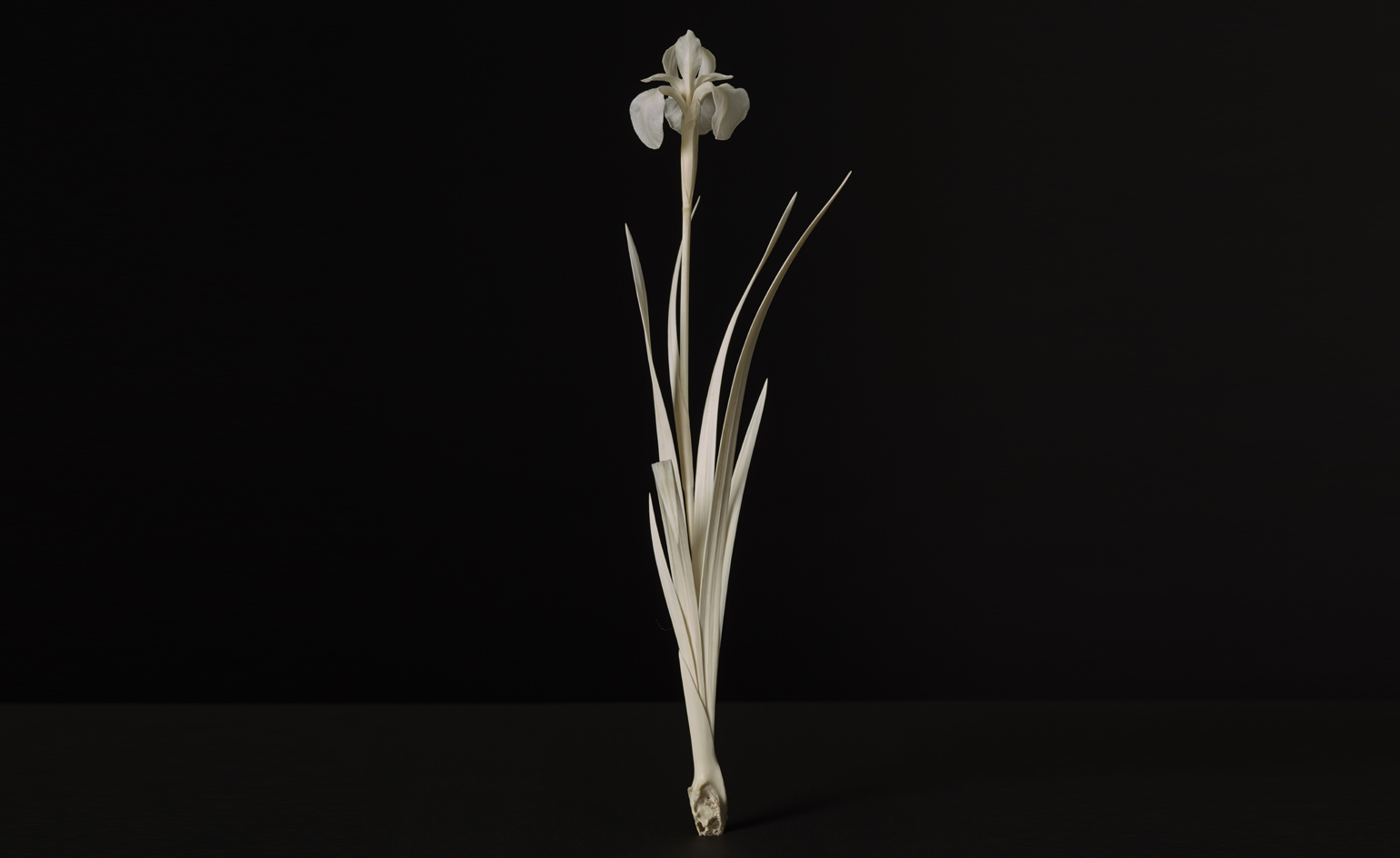
Self-taught sculptor Masaya Hashimoto lives and works in a Buddhist temple, where he makes delicate plant sculptures out of deer bones and antlers. These ethereal, all-white works capture the paper thin leaves of life-size stems gently swaying in the breeze while single blooms are frozen in time just as their petals are beginning to unfold.
From 25 September, Hashimoto's astonishingly-detailed sculptures will be on show alongside the works of a host of other contemporary Japanese artists as part of a show called Surface Tension at London's White Rainbow Gallery in Fitzrovia.
Focusing on the work of four contemporary artists who use traditional techniques such as ink painting, woodcuts and carving, the show explores the marriage of traditional art forms with contemporary themes.
Hidenori Yamaguchi, who studied rinsho (the art of creating free-hand copies of established masterpieces) in China, will be showcasing a selection of his meticulous ink wash paintings. Painted using a very fine brush on silk and paper, the paintings are so detailed that at first glance they look like photographs.
Meanwhile, Kumi Machida draws upon her classical training in traditional Japanese Nihonga to create depictions of biomorphic humans awakening from surreal dream-like states and Sachiko Kazama uses the traditional art of woodblock printing to create art works that satirise contemporary society.
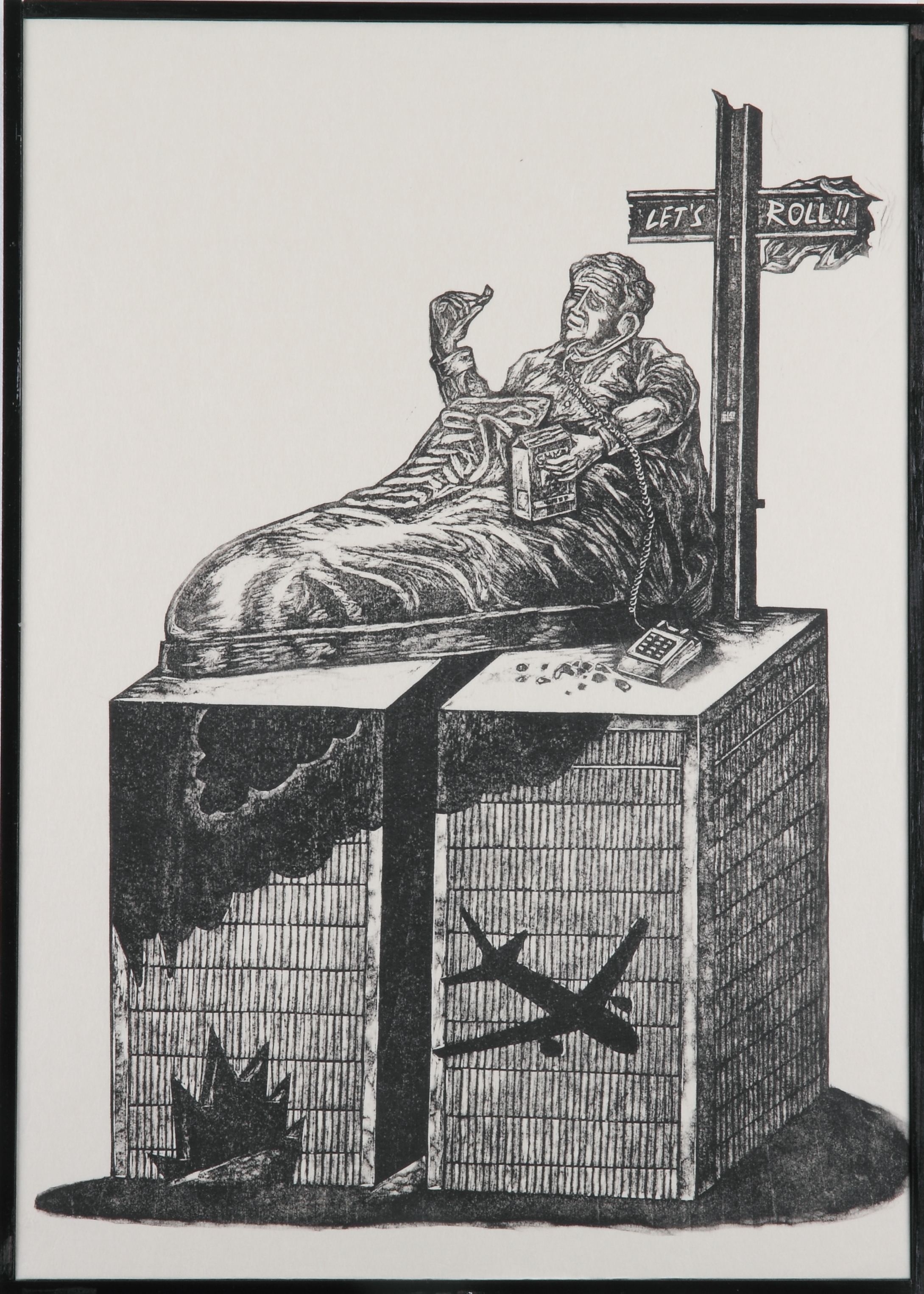
Focusing on contemporary artists who use traditional techniques to create their work, the exhibition seeks to expose contemporary artists who are well-known in Japan to a wider European and UK audience. Pictured: Sachiko Kazama, 9.11 memorial Pavilion, from the HEISESI EXPO 2010, 2010
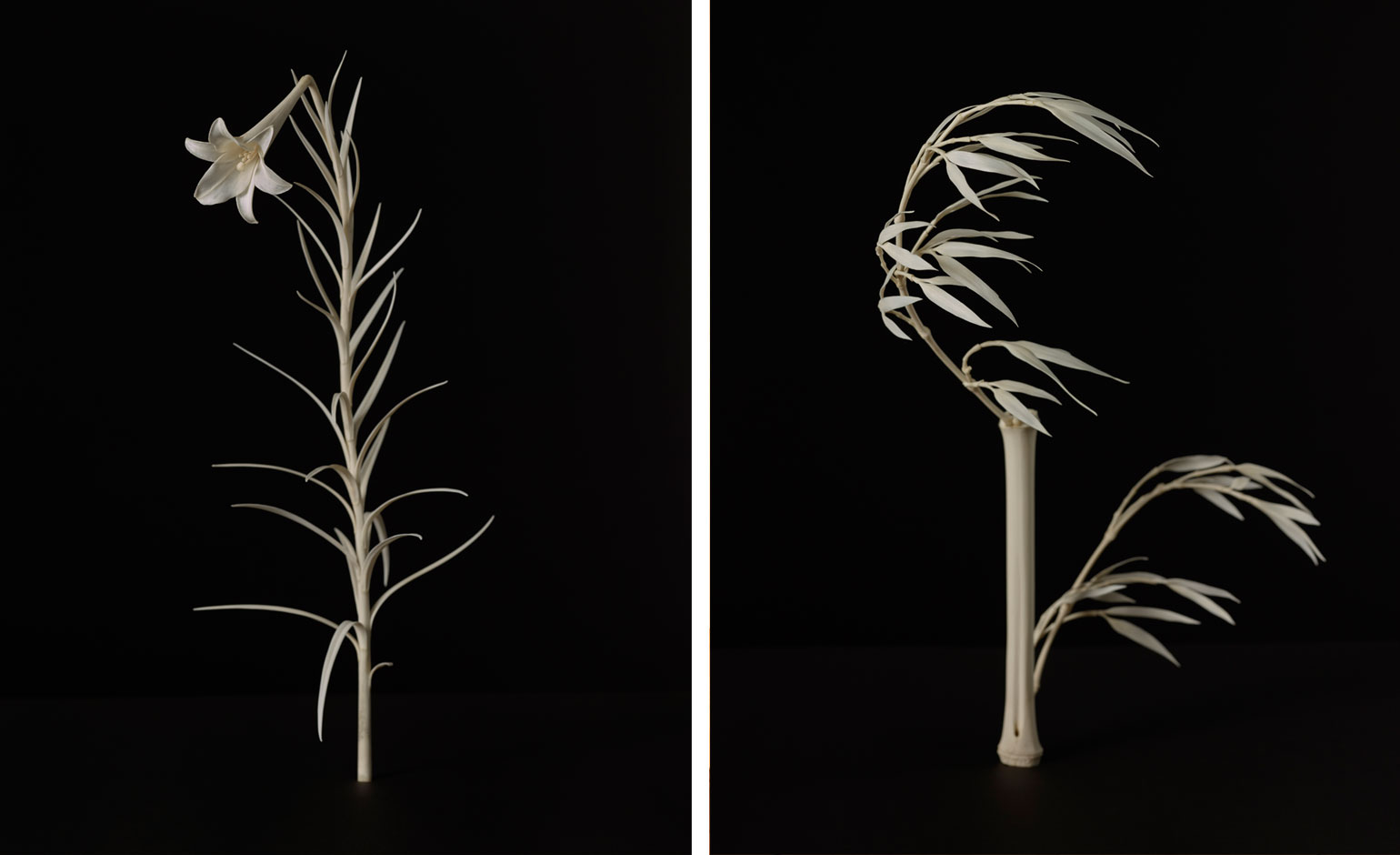
Self-taught sculptor Masaya Hashimoto makes delicate plant sculptures out of deer bones and antlers. Left: Masaya Hashimoto, Lilium Ormosanum, 2014; Right: Phyllostachys heterocycla f.pubescens, Masaya Hashimoto, 2014.
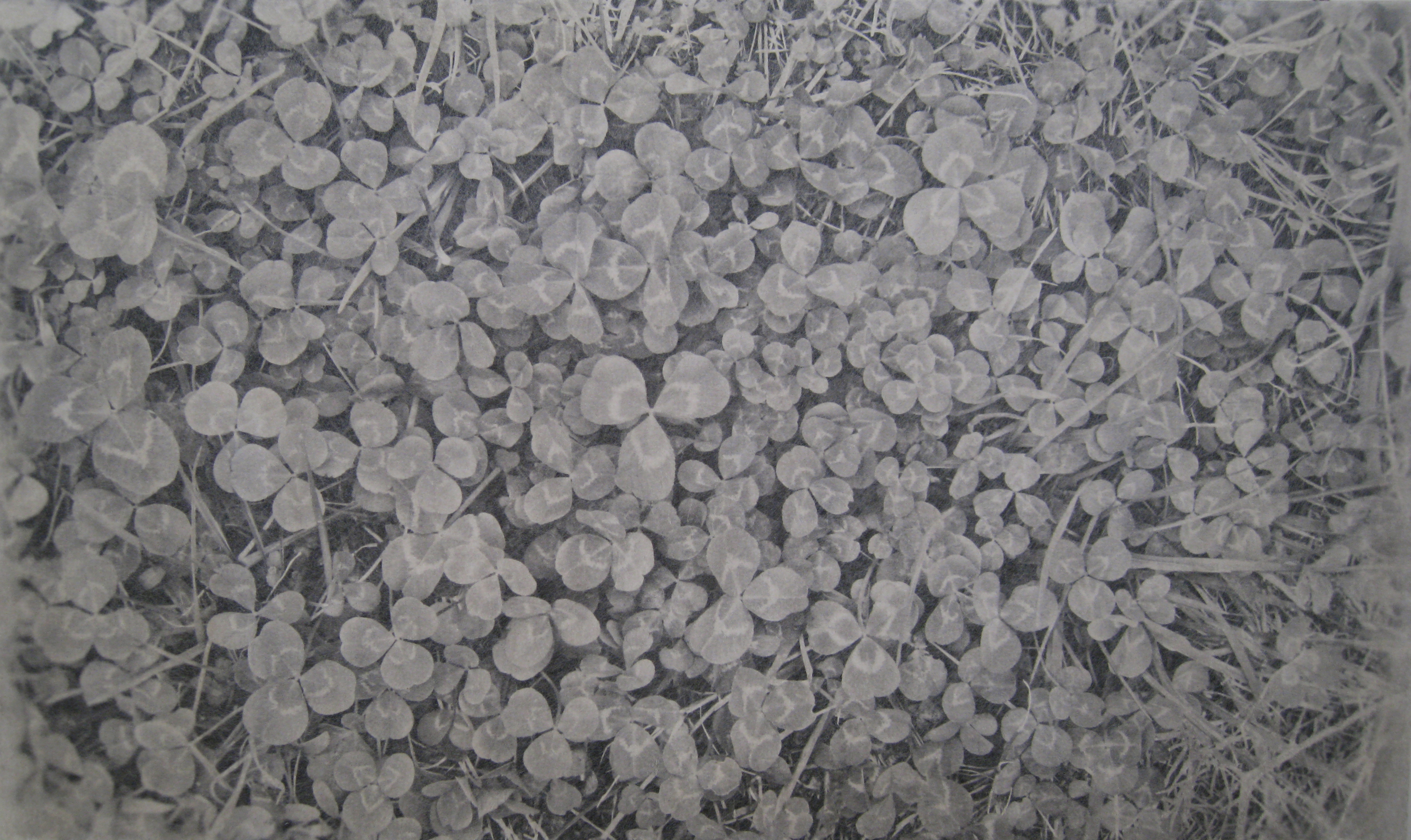
Hidenori Yamaguchi studied rinsho (the art of creating free-hand copies of established masterpieces) in China. Using a very fine brush on silk and paper, Yamaguchi creates meticulous ink wash paintings that look like photographs. Pictured: Promise, Hidenori Yamaguchi, 2015.
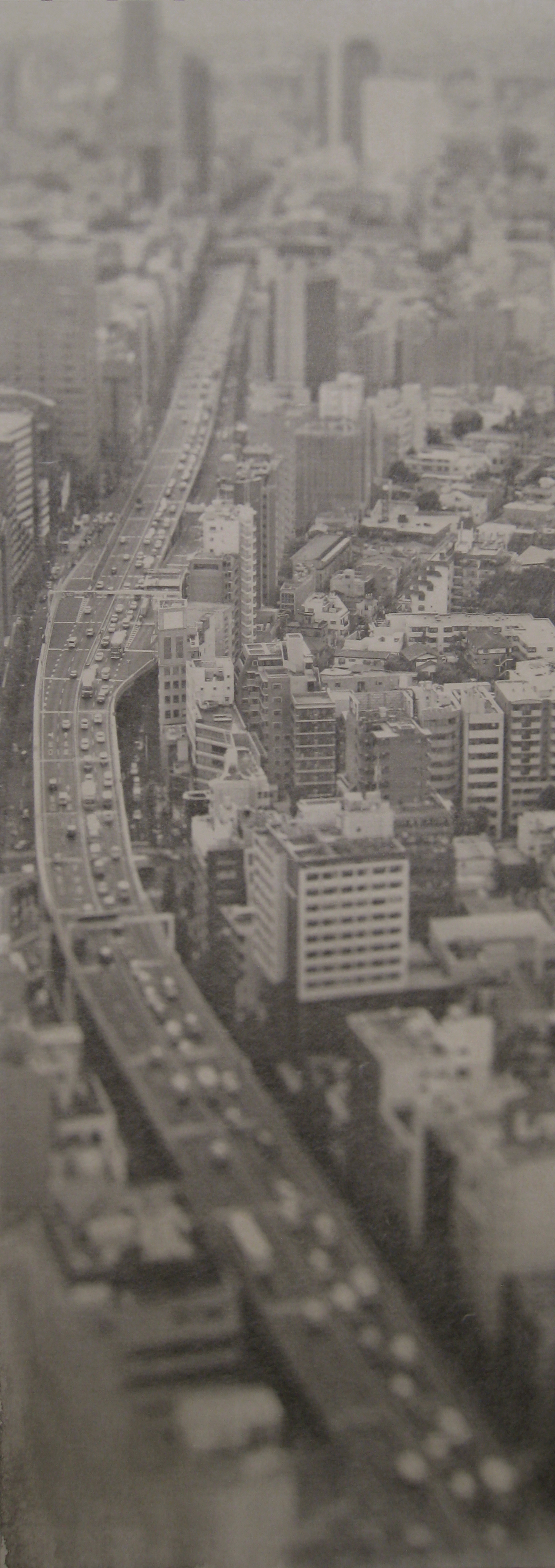
Yamaguchi uses this ancient and highly-skilled technique to depict contemporary scenery, including everyday objects that resonate with his personal memories. Pictured: Gentle Milestone, Hidenori Yamaguchi, 2015.
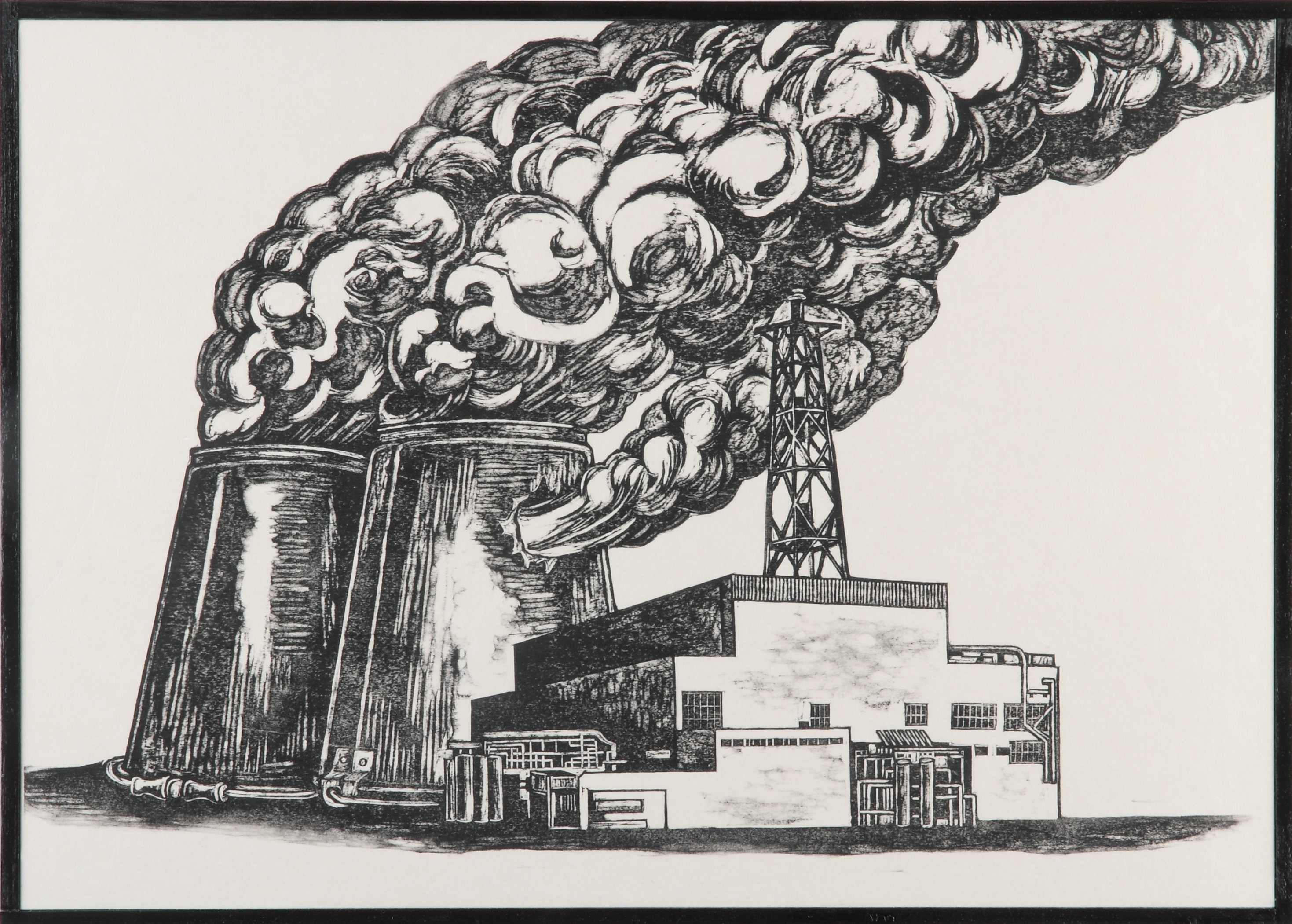
Sachiko Kazama uses the traditional art of woodblock printing to create art works that satirise contemporary society. Pictured: Sachiko Kazama, Peaceful Use of Nuclear Energy Pavilion, from the HEISESI EXPO 2010, 2010.

Kazama remains true to the origins of her medium by using her picture planes to narrate a story. Pictured: Sachiko Kazama, Statue of Patriot, from the HEISESI EXPO 2010.
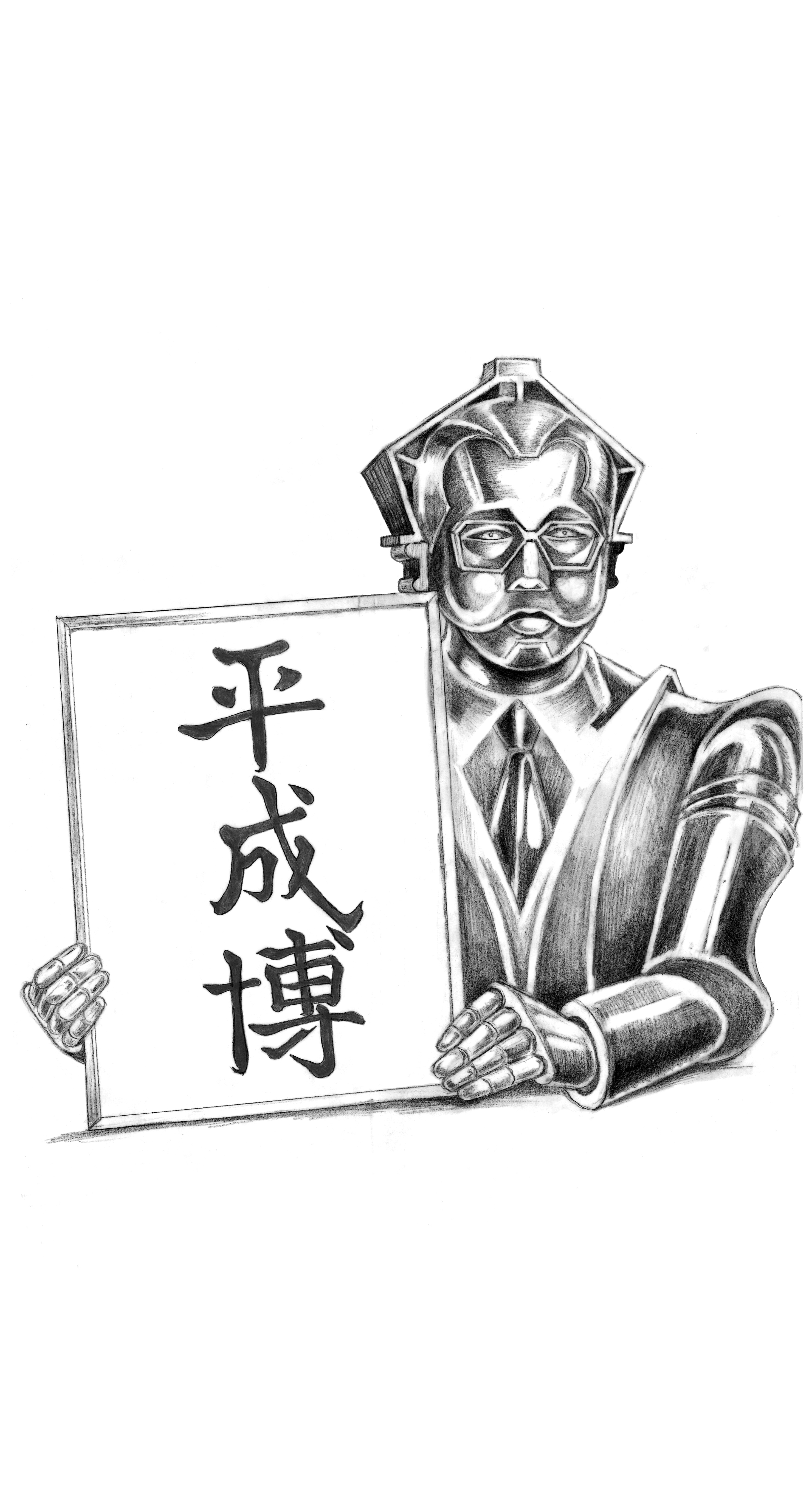
Pictured: Sachiko Kazama, Heisesi Expo Series, 2010 – on going.
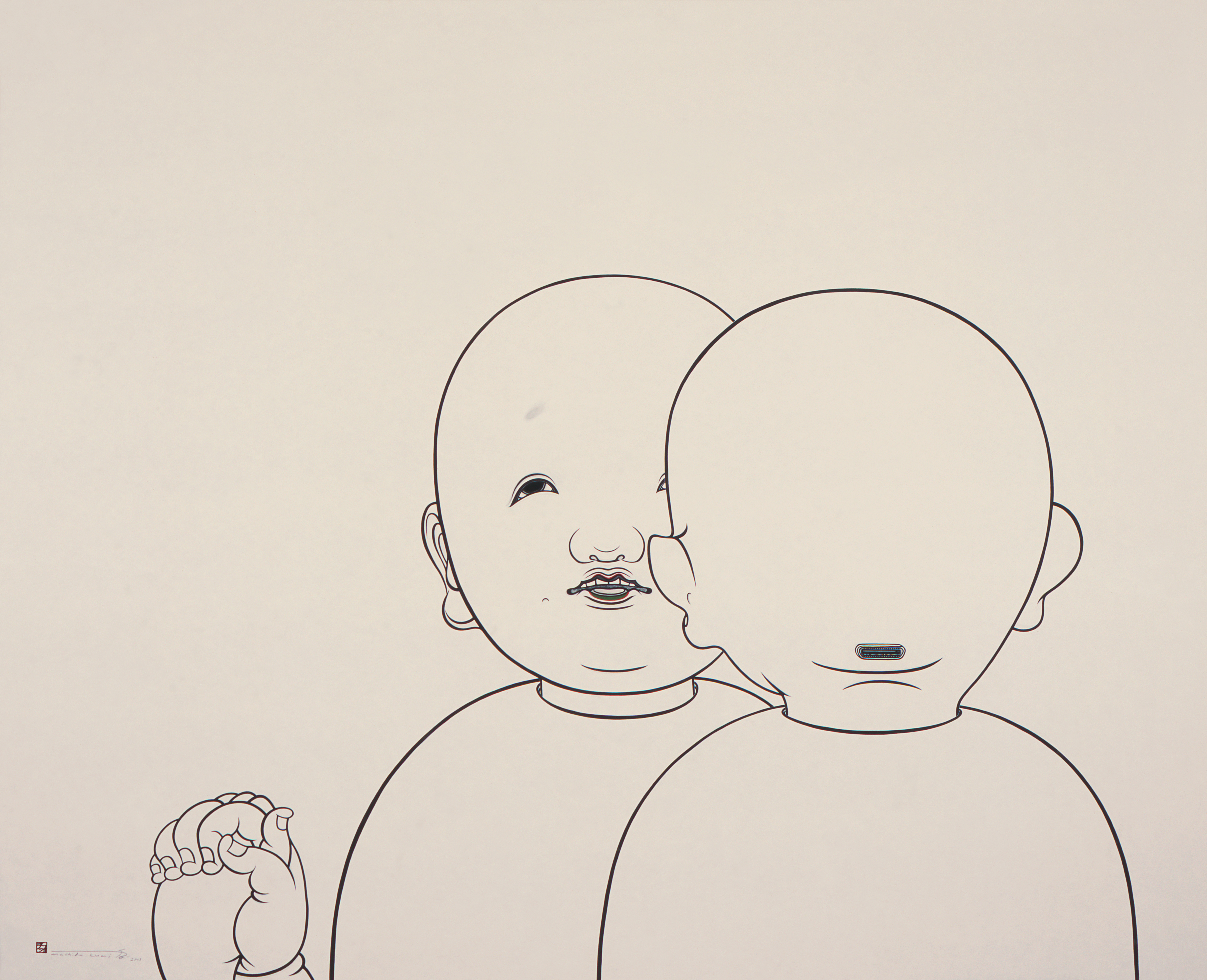
Meanwhile, Kumi Machida draws upon her classical training in traditional Japanese Nihonga to create depictions of biomorphic humans awakening from surreal dream-like states. Pictured: Kumi Machida, Three Persons, 2003.
INFORMATION
Surface Tension is on show at White Rainbow Gallery from 25 September - 7 November, 2015
ADDRESS
White Rainbow Gallery
47 Mortimer Street
London W1W 8HJ
Receive our daily digest of inspiration, escapism and design stories from around the world direct to your inbox.
Ali Morris is a UK-based editor, writer and creative consultant specialising in design, interiors and architecture. In her 16 years as a design writer, Ali has travelled the world, crafting articles about creative projects, products, places and people for titles such as Dezeen, Wallpaper* and Kinfolk.
-
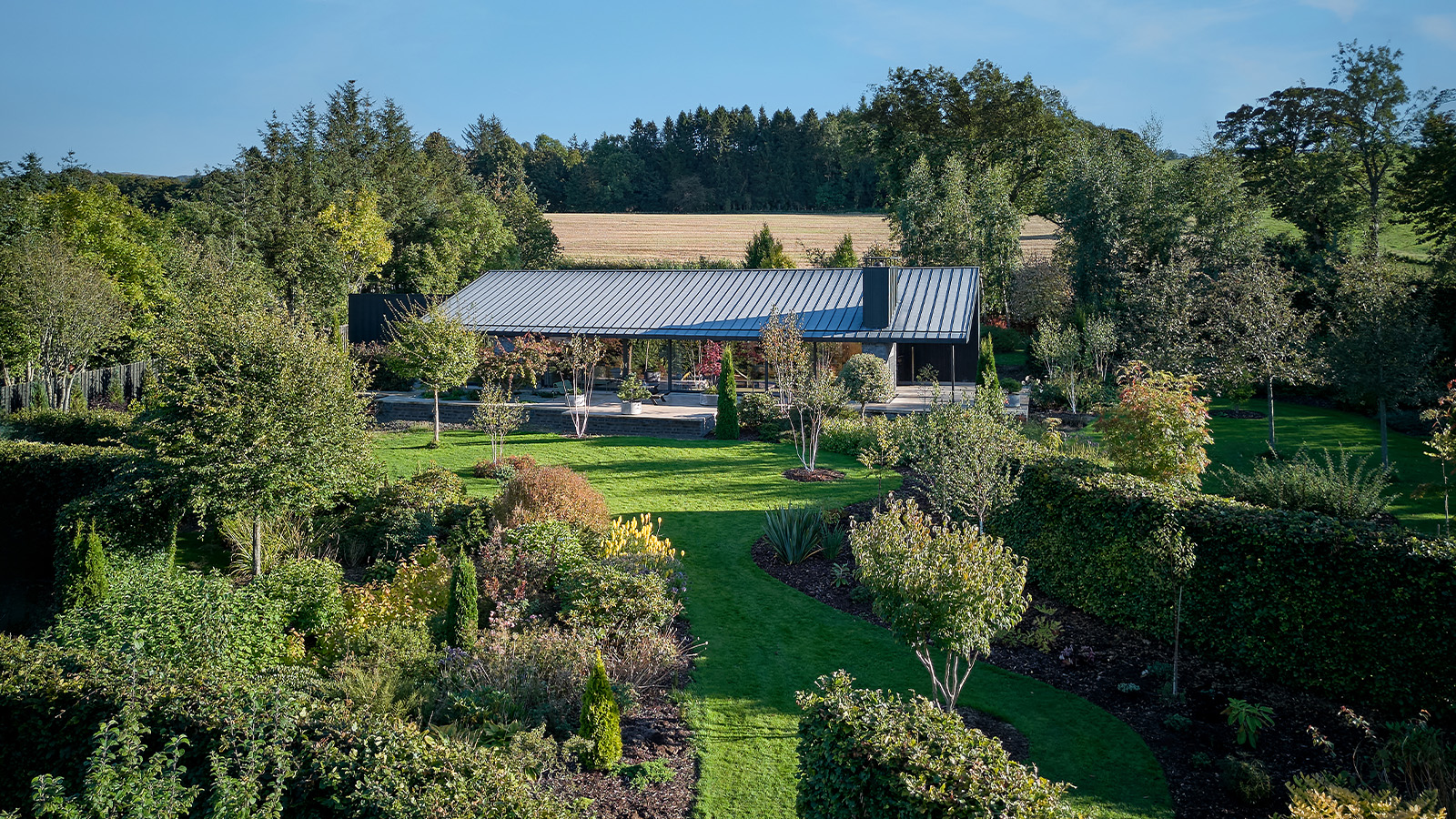 A compact Scottish home is a 'sunny place,' nestled into its thriving orchard setting
A compact Scottish home is a 'sunny place,' nestled into its thriving orchard settingGrianan (Gaelic for 'sunny place') is a single-storey Scottish home by Cameron Webster Architects set in rural Stirlingshire
-
 7 colours that will define 2026, from rich gold to glacier blue
7 colours that will define 2026, from rich gold to glacier blueThese moody hues, versatile neutrals and vivid shades will shape the new year, according to trend forecasters
-
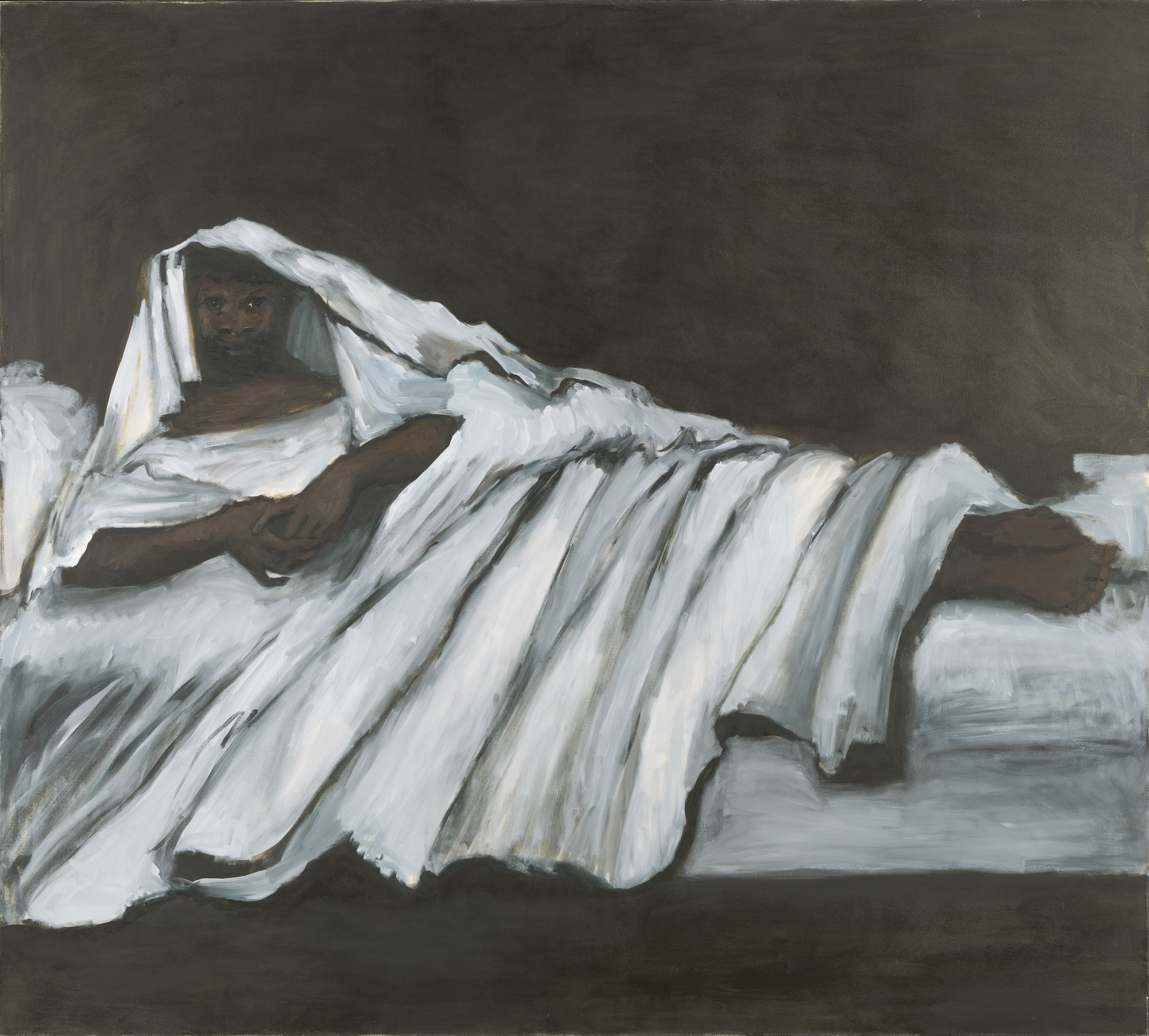 In Norway, discover 1000 years of Queer expression in Islamic Art
In Norway, discover 1000 years of Queer expression in Islamic Art'Deviant Ornaments' at the National Museum of Norway examines the far-reaching history of Queer art
-
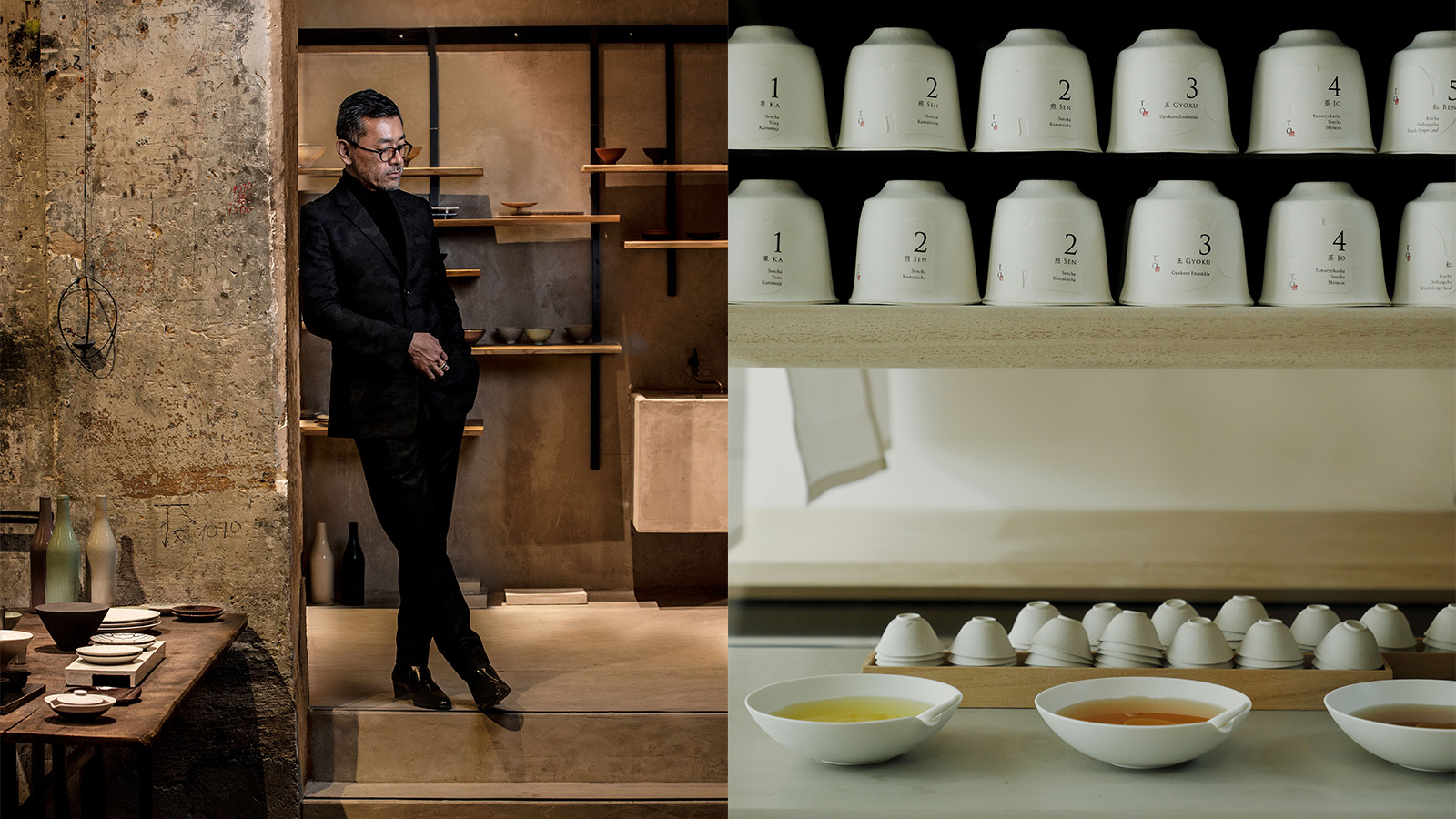 Japanese designer Shinichiro Ogata's latest venture is a modern riff on the traditions of his home country
Japanese designer Shinichiro Ogata's latest venture is a modern riff on the traditions of his home countryAs he launches Saboe, a series of new tearooms and shops across Japan, we delve into Shinichiro Ogata's creative vision, mirrored throughout the spaces and objects, rituals and moments of his projects
-
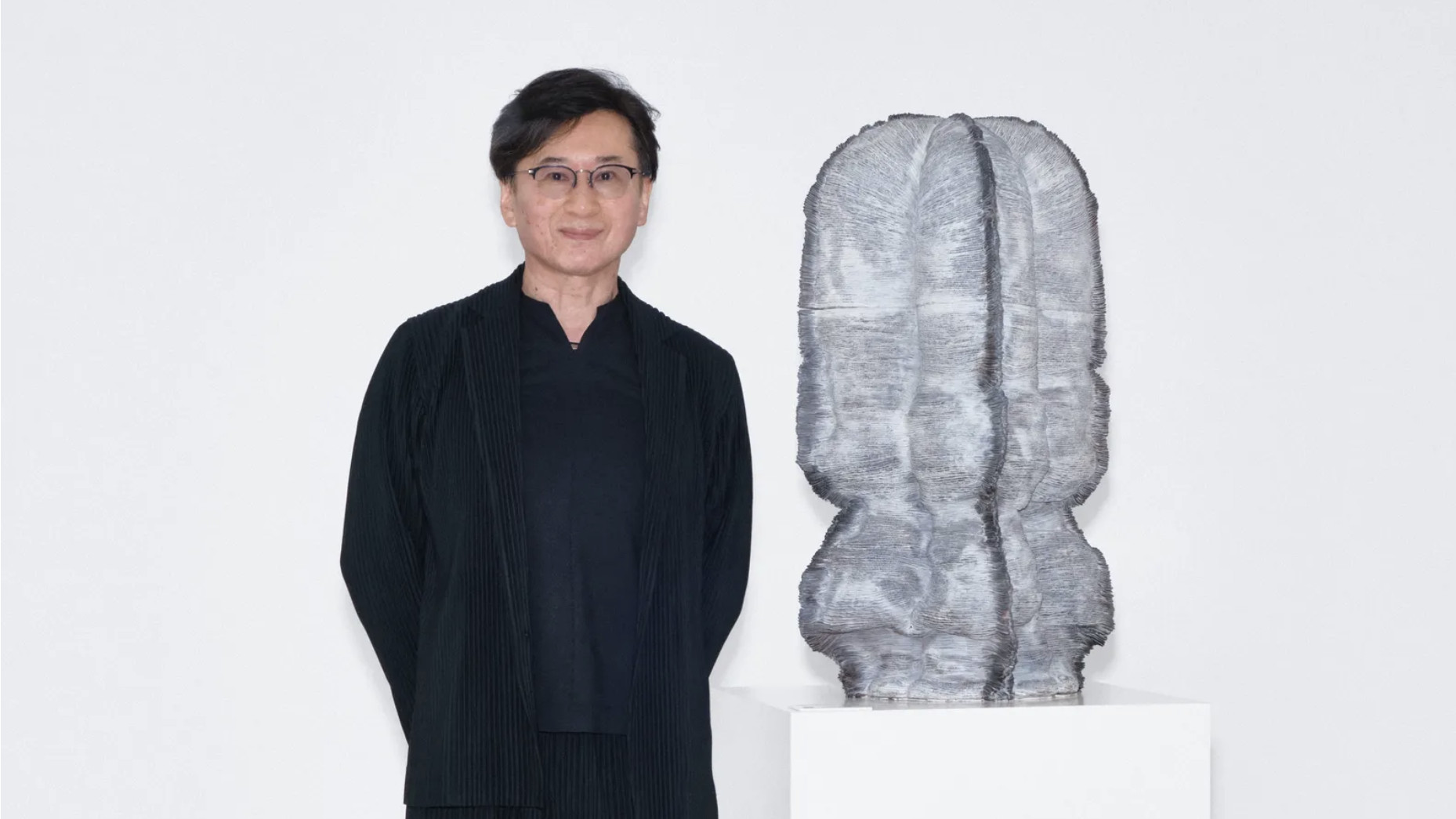 2025 Loewe Foundation Craft Prize winner announced as Kunimasa Aoki
2025 Loewe Foundation Craft Prize winner announced as Kunimasa AokiThe Japanese sculptor describes his work as ‘50 per cent tradition and 50 per cent innovation’
-
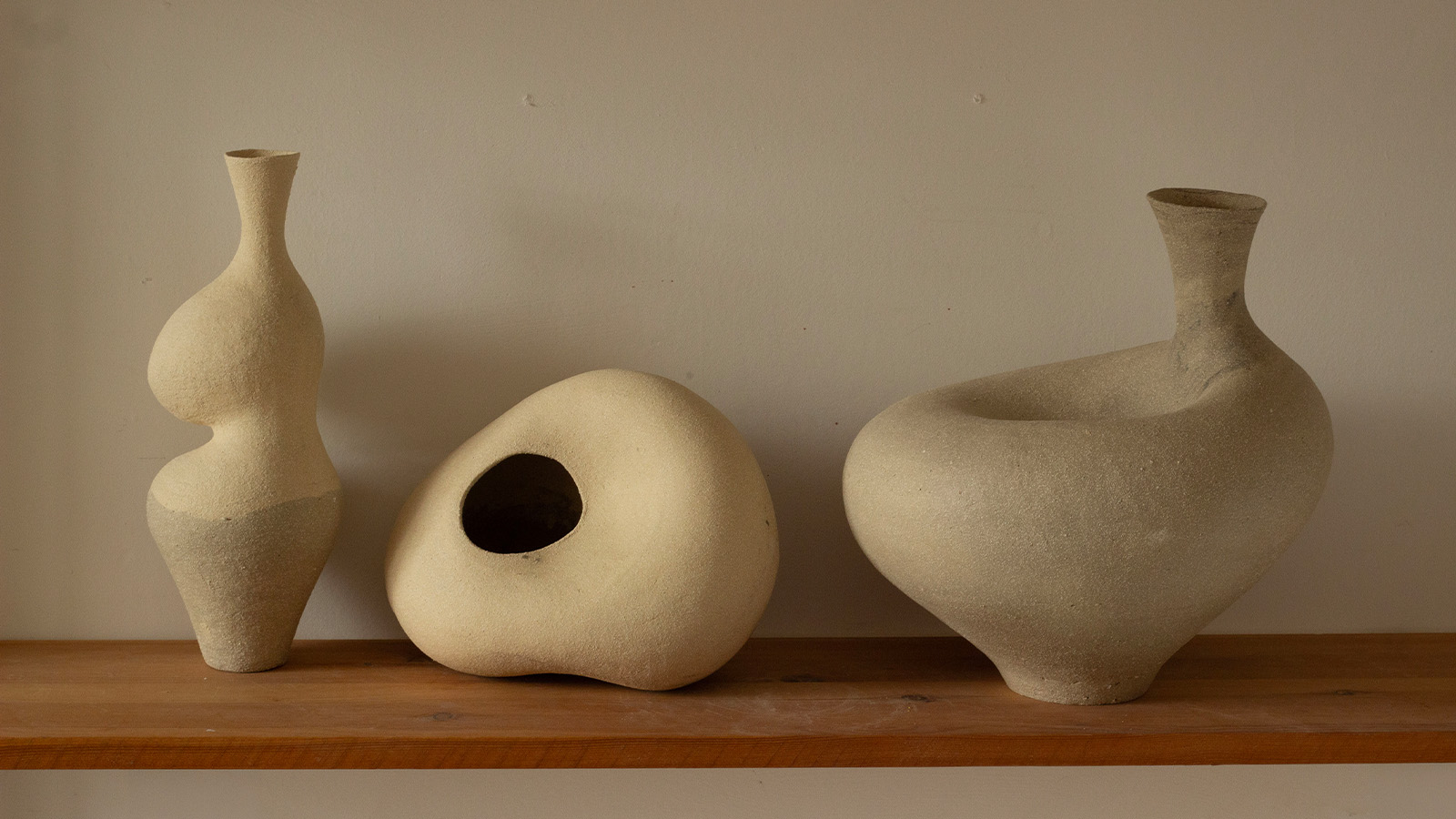 London Craft Week 2025 highlights – what to see this weekend
London Craft Week 2025 highlights – what to see this weekendLondon Craft Week 2025 (until 18 May) brings together some 1,000 established and emerging makers. Here is everything we saw and loved so you don't miss a thing
-
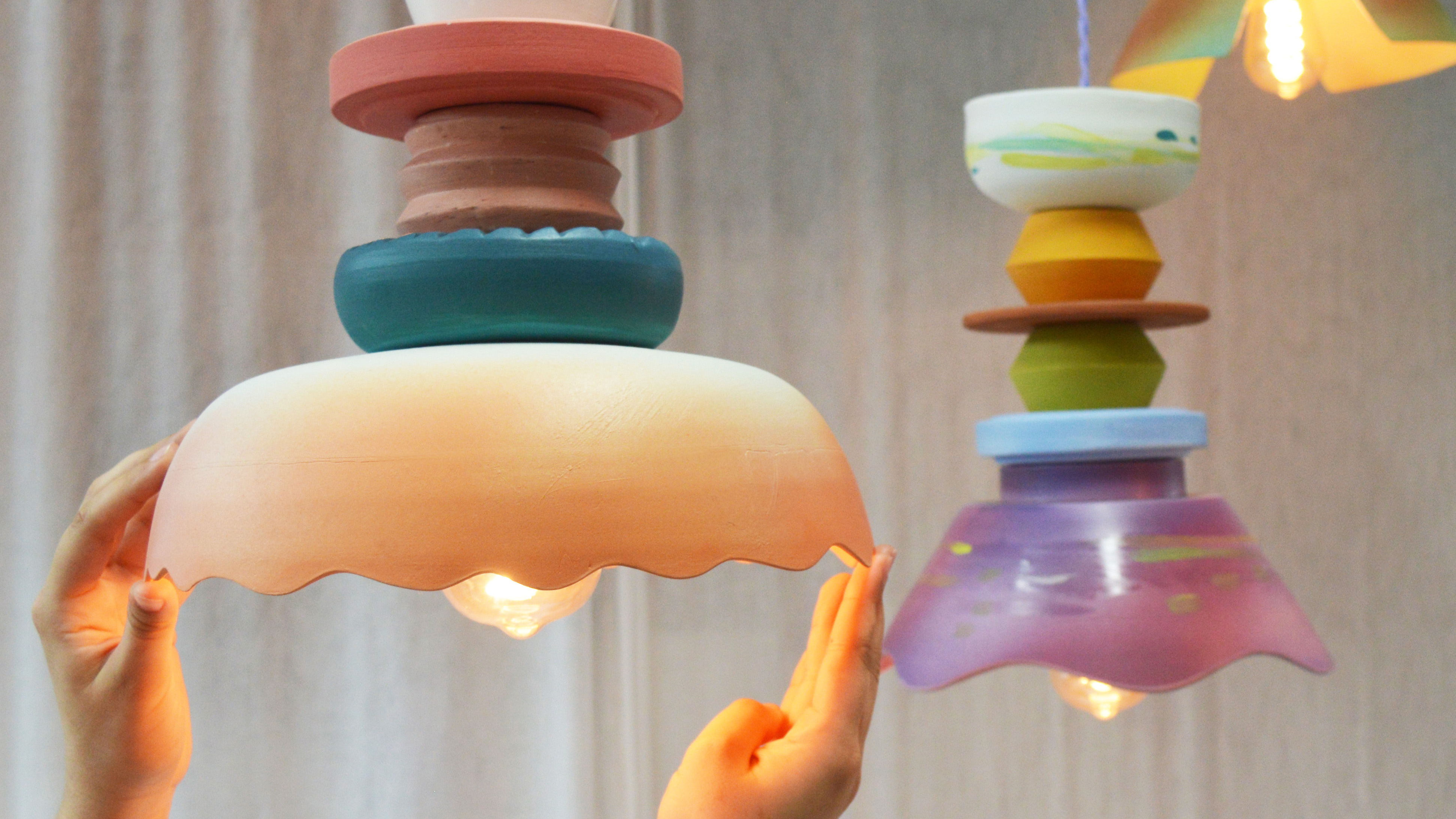 What to see at London Craft Week 2025
What to see at London Craft Week 2025With London Craft Week just around the corner, Wallpaper* rounds up the must-see moments from this year’s programme
-
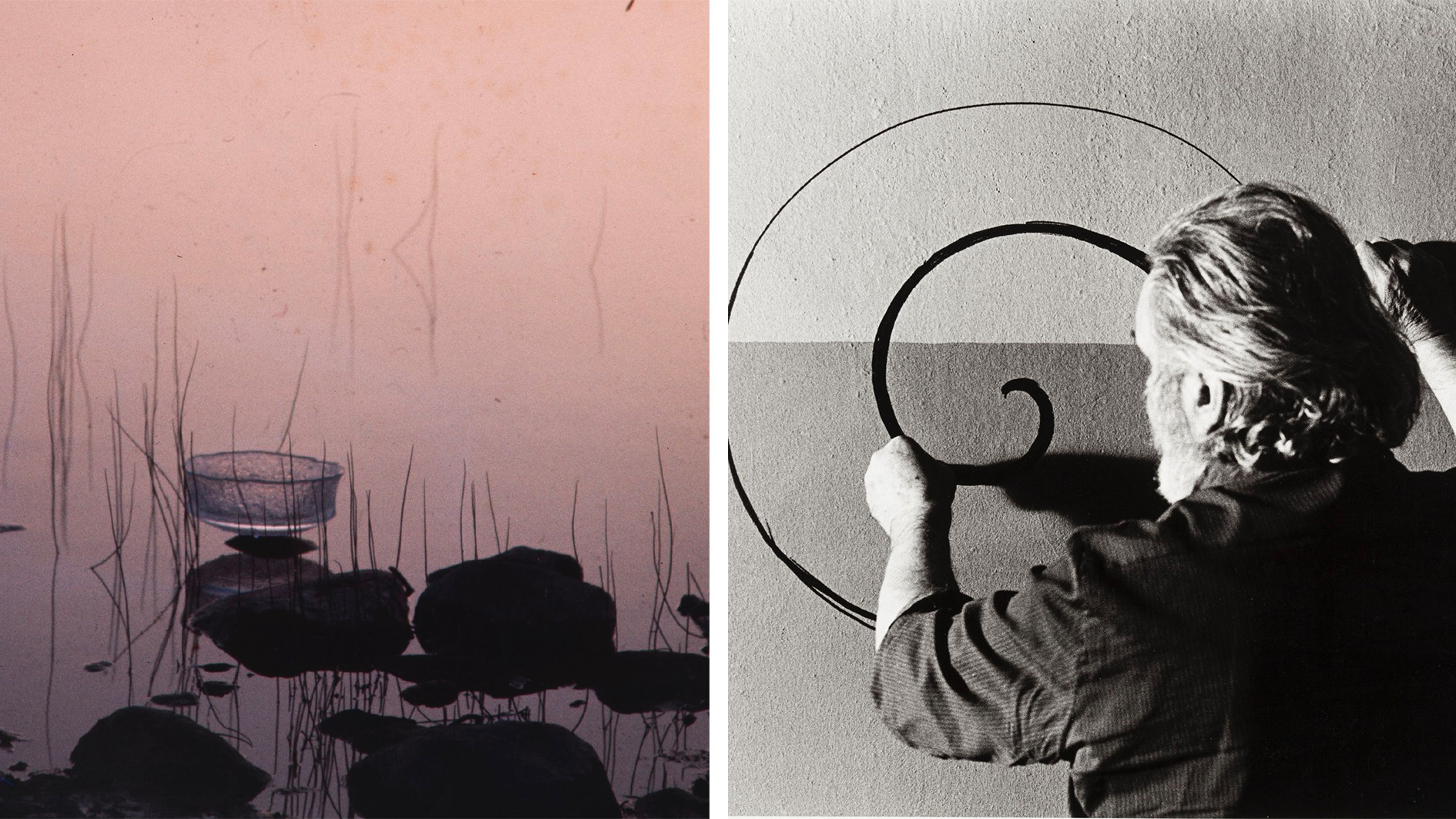 Inside the world of Tapio Wirkkala, the designer who created masterpieces in remotest Lapland
Inside the world of Tapio Wirkkala, the designer who created masterpieces in remotest LaplandThe Finnish artist set up shop in an Arctic outpost without electricity or running water; the work that he created there is now on display at a retrospective in Japan
-
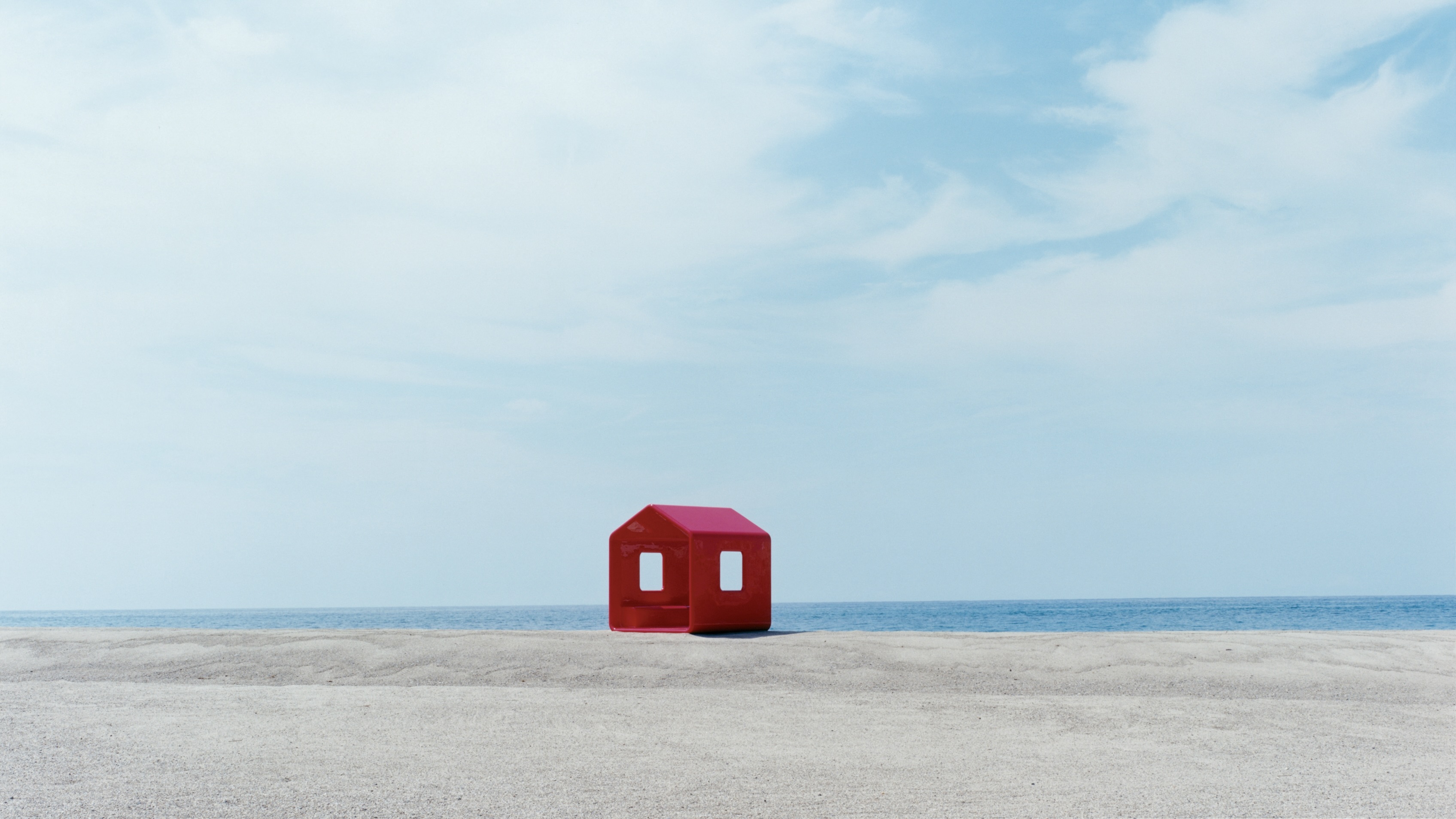 Naoto Fukasawa sparks children’s imaginations with play sculptures
Naoto Fukasawa sparks children’s imaginations with play sculpturesThe Japanese designer creates an intuitive series of bold play sculptures, designed to spark children’s desire to play without thinking
-
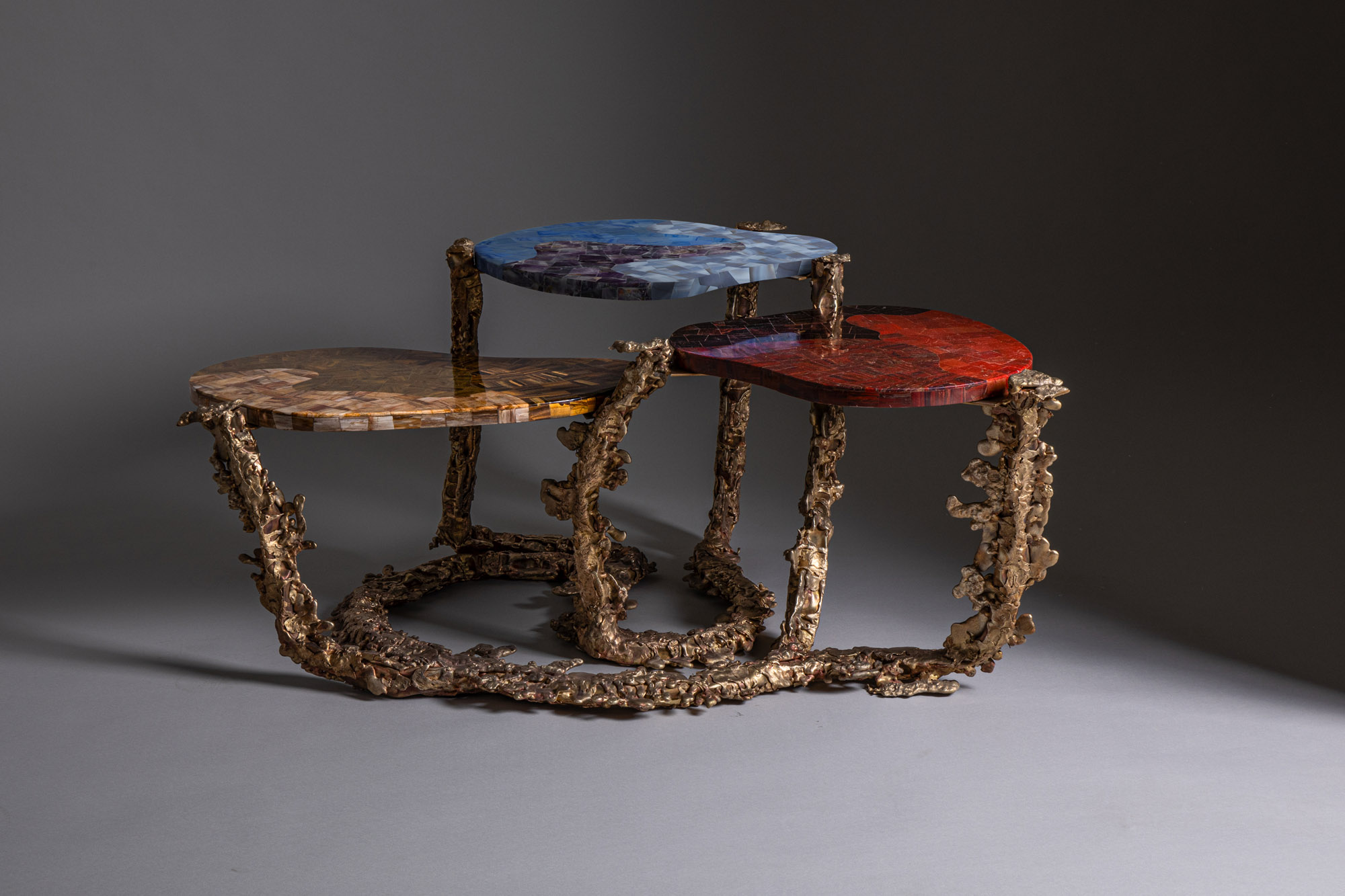 Inside the Shakti Design Residency, taking Indian craftsmanship to Alcova 2025
Inside the Shakti Design Residency, taking Indian craftsmanship to Alcova 2025The new initiative pairs emerging talents with some of India’s most prestigious ateliers, resulting in intricately crafted designs, as seen at Alcova 2025 in Milan
-
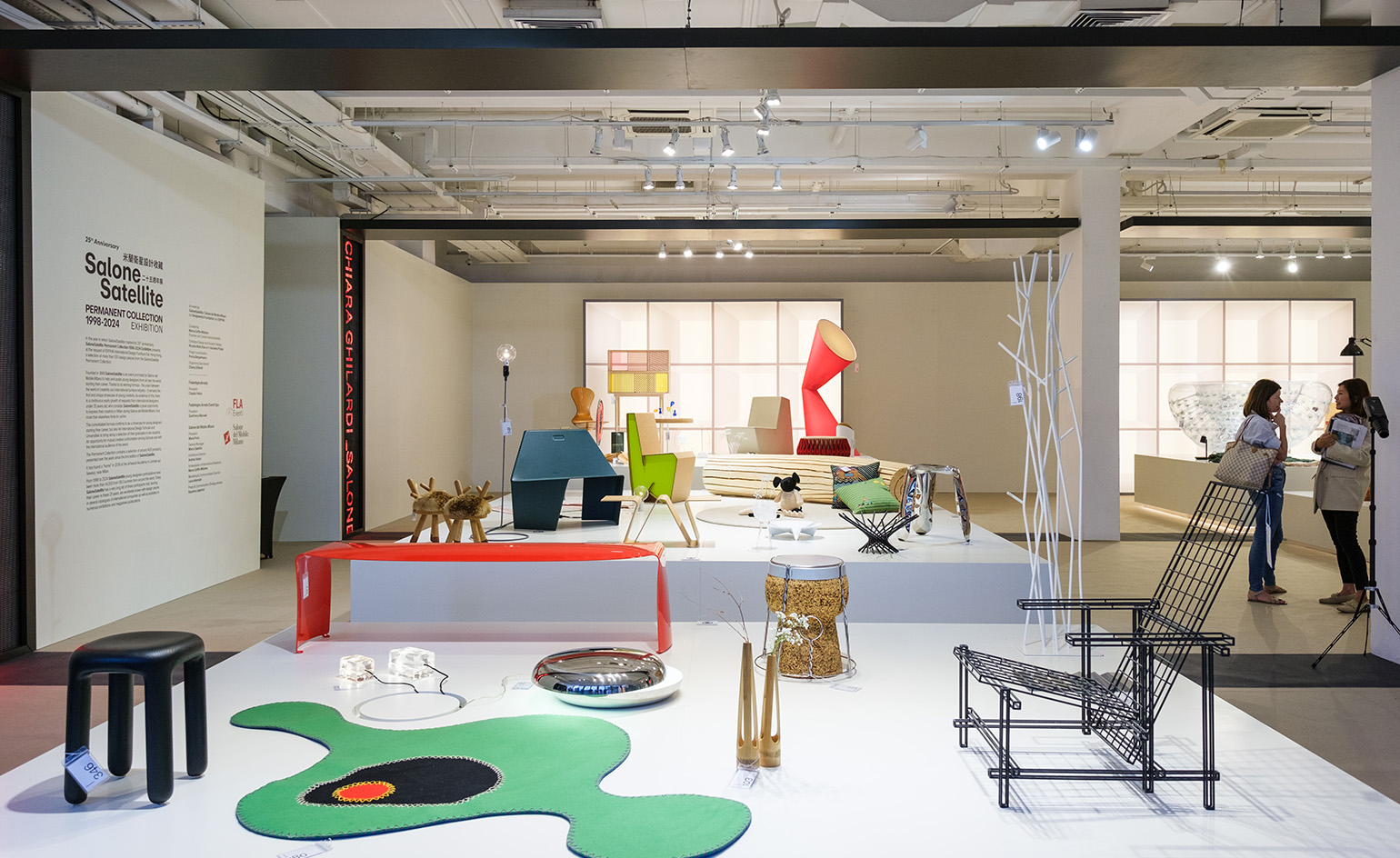 SaloneSatellite celebrates craft across continents at Milan Design Week
SaloneSatellite celebrates craft across continents at Milan Design WeekThe annual showcase for under 35s, SaloneSatellite, reveals how traditional craft can influence design for today and tomorrow